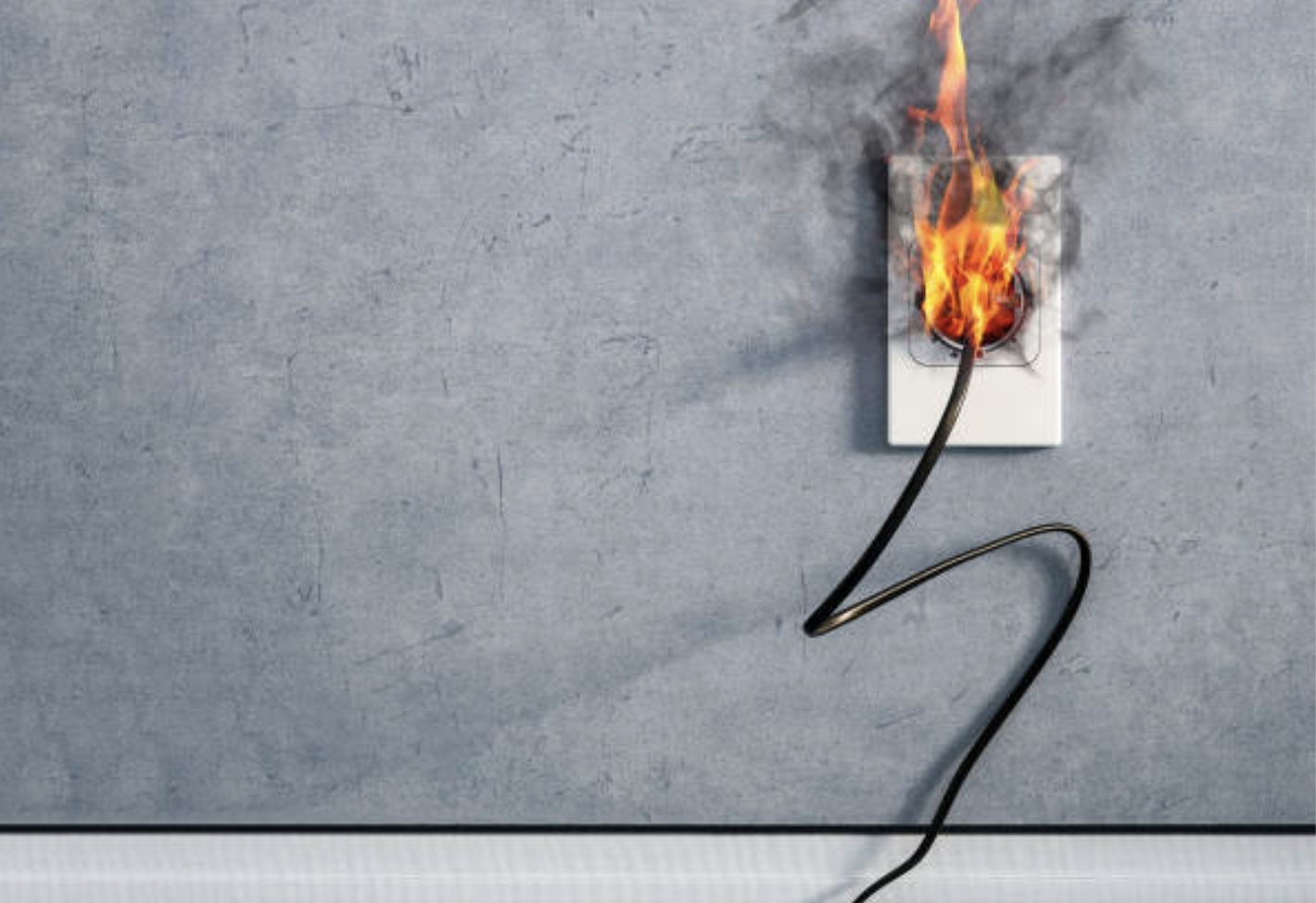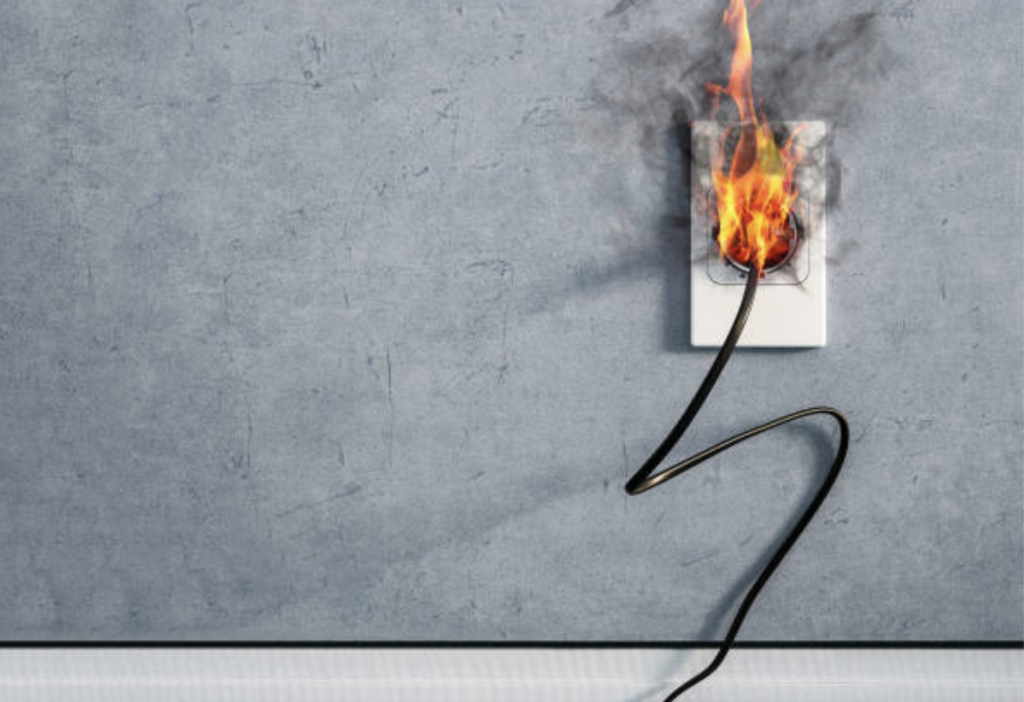
According to the AFL-CIO’s annual report on the state of safety and health protections for U.S. workers, the full degree of the COVID-19 pandemic’s effect on the nation’s workforce will presumably remain uncertain because of the lack of a comprehensive national system to gather the information.
At a May 4 press conference, Rebecca Reindel, the AFL-CIO Safety and Health Director, recognized that the Bureau of Labor Statistics states on its website that it won’t produce COVID-19 estimates.
The 30th edition of Death on the Job: The Toll of Neglect which was released on May 4 – states that “employer reporting of COVID-19 cases still is mandatory only in a few states with specific standards or orders.”
“The Survey of Occupational Illnesses and Injuries relies on OSHA recordkeeping requirements, which mandates employers record certain work-related injuries and illnesses on their OSHA 300 log,” BLS says on its website. “While the SOII may capture some recordable COVID-19 cases reported by employers, the SOII will not produce estimates specifically covering COVID-19 illnesses.”
Additionally, BLS says on its website that fatal occupational illnesses (including COVID-19), “are out of scope for the Census of Fatal Occupational Injuries unless precipitated by an acute injury.”
Reindel stated that she would like an OSHA emergency temporary standard related to COVID-19 would include reporting specifications.
“Strong reporting requirements would be something important in an emergency standard because this is an ongoing national emergency, and we need that real-time information in order to intervene,” she said. “It would be a critical element.”
Injury and fatality data
The fatality and injury data used in the report is the most recent available from BLS and precedes the pandemic.
In 2019, 5,333 workers died on the job, and 275 died each day from hazardous working conditions. The report estimated that 95,000 people died from occupational illnesses, which aren’t typically recorded by BLS.
The overall job fatality rate in 2019 was 3.5 per 100,000 workers, but Latino workers had a fatality rate of 4.2 per 100,000 – up from 3.7 in 2018. Also, Black workers had a higher fatality rate than the national average, at 3.6 per 100,000 workers.
More data from the report:
- Workplace violence was the third leading cause of death (841), behind transportation incidents (2,122) and slips, trips, and falls (880). More than half of the workplace violence deaths were ruled homicides (454).
- Workers 55 and older made up more than a third of the total fatalities, and those 65 or older had a fatality rate of 9.4 per 100,000 workers.
- Alaska (14.1 per 100,000 workers) and Wyoming (12.0) had the highest fatality rates among states.
- Agriculture, forestry, fishing, and hunting had the highest fatality rate among industries (23.1).
The report also makes note of the fact that OSHA’s corps of inspectors is “near its lowest number since the agency opened 50 years ago.” As of Sept. 30, the agency had 1,798 inspectors for 10.1 million workplaces under its jurisdiction.




